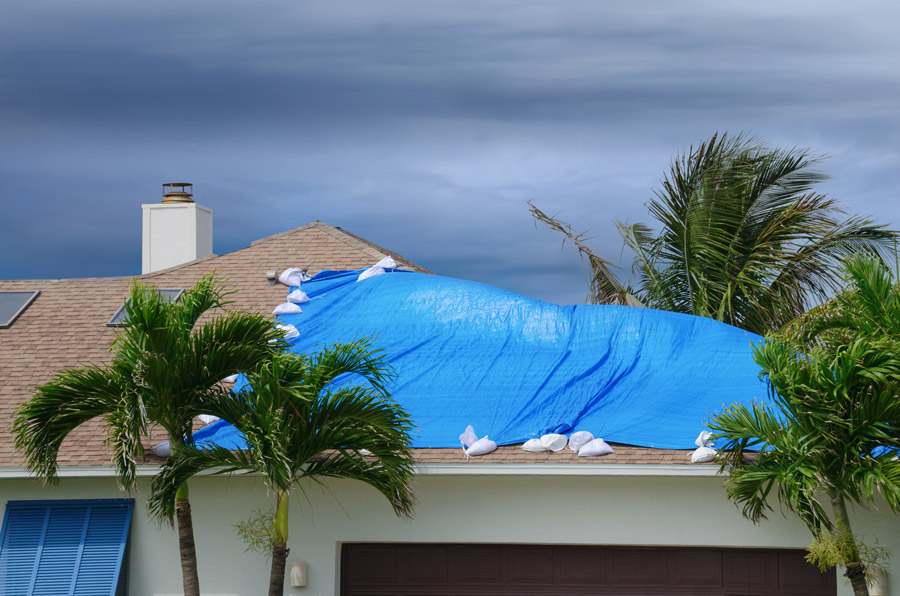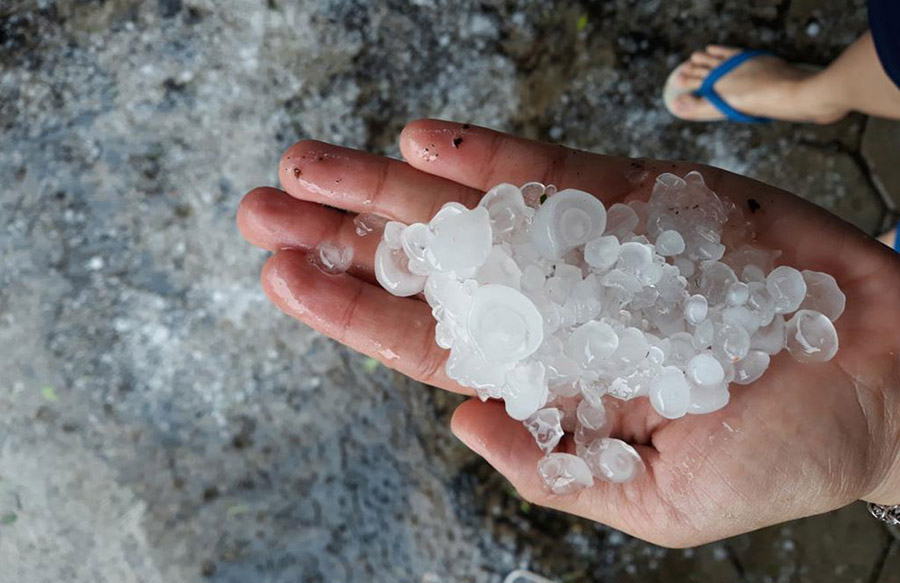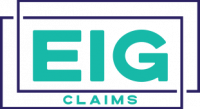Customer Pain Points and Solutions for Carriers
For most insureds, having to file a claim is a once, maybe twice in a lifetime event. When the unthinkable happens, how an insurance carrier responds can be the difference between a lifelong customer and someone who will leave the first chance they get. A less-than-optimal experience can also increase the likelihood that a particular customer will tell others or leave negative reviews, decreasing a carrier’s reputation.

Recently, my home experienced hailstorm damage and I had to file my first major home claim. The initial part of the process was simple. My carrier provided a FNOL solution through their mobile app that allowed me to take a few pictures and describe the damage. Shortly after submitting this information, I received an email confirmation of my claim number.
Insurance carriers need to be proactive when it comes to allowing their customers to submit their claim how they want. If you are forcing your customers to submit claims only through one particular methodology, you may be causing additional friction in a process that is already very stressful. Additionally, by not allowing the insured to submit pictures through their phone, you are missing out on critical data that could help you drastically cut claim cycle times.
Carriers also need to consider how they can proactively reach out in these situations. There is a lot of concern in the industry that reaching out to the insured will entice them to erroneously or impulsively file a claim. Within days, my neighborhood was crawling with contractors telling me to submit a claim and they would help me get it approved. Who speaks to you first goes a long way in building trust, do you want it to be you or a contractor who is looking at making money from the claim?

After submitting my FNOL, it took my carrier several days to reach out and schedule an on-site visit. I was shocked when I found out I couldn’t get an appointment for a couple of weeks! This part of the process took much longer than I expected and caused me to question whether my carrier would take care of me in an efficient manner. I found out later that my adjuster was coming from Texas, and they were handling a massive number of claims. Simply letting me know this would have helped to explain the delay, but instead, the carrier’s silence created doubt and confusion.
During this time, I also had to contact my insurance agent to make sure they knew about my claim and to ask for help. In today’s environment, carriers and agents should be working closely together during storms. However, in most scenarios, agents are not aware of the claim until an insured calls them. It’s frustrating that my agent is supposed to know everything about my policy and help me in these situations, but I was the one who had to reach out. Having my agent proactively reach out to me once my claim was filed would have been a great experience and was a missed opportunity to build more loyalty.

Once the adjuster arrived, I got a better idea of what the next steps in this process would be like. After walking around the house for several minutes, my adjuster returned to his vehicle to draw up his estimate, which only took about 30 minutes. He then handed me the stack of papers that made up his estimate, along with the first of a couple of checks to cover initial expenses.
While I was impressed by the speed with which he was able to estimate my damages, it also left me with a lot of uncertainty on how the rest of my claim would go. Very quickly my mind was flooded with questions like: Was this enough money to cover the damages? Everyone on the block has damage, when will my house get fixed? Would I get a chance to get anything changed later? What contractor should I use? What happens if no contractor agrees with the adjuster’s estimate?
I started to fire these questions at the adjuster, and he did his best to answer my questions without overcommitting himself or the carrier, but in general, his answers were very vague and non-committal. When it comes to my house, I want definite answers so that I know what will happen next. Not only do I have an emotional attachment to my house, this could also be a very big financial impact that I was not anticipating. This interaction was incredibly frustrating and made me question my choice of carrier. Clear, proactive communication from the carrier addressing some common questions in an email would have made the entire process feel much smoother.
With money in-hand but no further guidance from my carrier or adjuster, I felt abandoned. It was solely up to me to go find a contractor who would do the work for what the carrier was covering. Being someone who has no contacts in this area, I quickly called my agent to ask for their recommendations. My agent was able to provide me with a few options, but once again it was up to me to reach out to the recommended companies.
Both my agent and my carrier missed golden opportunities to be more than just a company I send a monthly payment to. For example, they could have created a curated list of trusted contractors in the area that specialized in a particular type of damage. Additionally, my carrier and agent could have worked together more efficiently to communicate what the process would be like and educate me on what each step entailed.
Because of the number of similar claims in my area, getting contractors to respond to my calls has been difficult and those who did return my call have only told me that they would get back to me in a couple of weeks.
More to come as the journey continues.
How Does EIG Help?
EIG provides end-to-end solutions that help insurance carriers drive down their Loss Adjusting Expenses (LAE) while providing a best-in-class experience from FNOL all the way to walking the insured back into their restored home.
Our ethos is to always do the right thing, no matter what. Putting the customer first lets EIG uniquely drive down costs while providing an excellent user experience.

EIG’s technology solution provides carriers with a FNOL tool, policy visualization, claim visualization, notifications, and assignment automation. EIG’s technology gives insurance carriers the ability to communicate at scale with insureds before and after the storm to help them know what to expect next, while giving the insured intuitive tools to submit information back to the carrier. EIG’s technology can automatically assign claims to both mitigation vendors and adjusters at the time of the FNOL submission so that insureds do not have to wait days to hear from their estimator and mitigation vendor.
For those carriers who utilize EIG’s Claim Services, our estimators are full-time staff with multiple years of construction and estimating experience. Because our estimators are EIG employees, we can guarantee that each estimator will represent the carrier to the best of their ability. We ensure that every estimator provides detailed estimates in as little as three days from the time we receive the claim to returning it to the carrier for approval.
Finally, getting an accurate estimate is important, but in the end all the homeowner wants is to have their home restored back to what it once was. EIG’s restoration company provides internal and external general contractors to manage every job from start to finish. With an industry best warranty, EIG stands behind its work and will deliver on the promises made when starting the job.
By leading the customer through the process and over-communicating at each step, EIG has helped its partners reduce their LAE costs. Click here to find out how you could provide a better experience to your insureds while reducing costs.

